
Video
When pieces of trees fall to the ground, nature has a way to recycle that debris. A species of mushroom known as the False Turkey Tail helps break down the rotting wood, adding nutrients to soil in...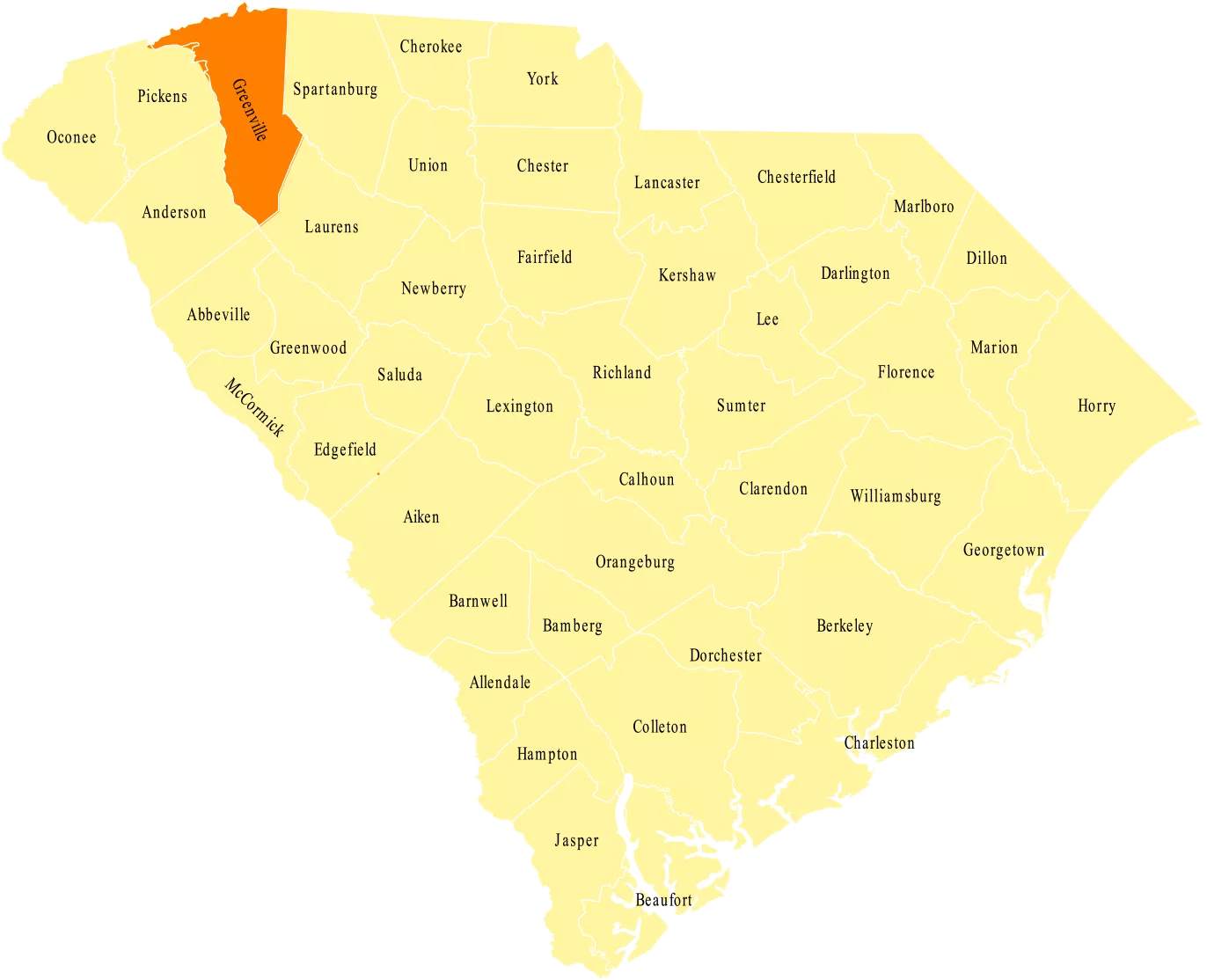
Greenville County, South Carolina’s most populous county, lies in the Upstate. Two popular opinions exist on the origin of the name of Greenville County and its county seat: Revolutionary War general Nathanael Greene or area local Isaac Green.
Cherokee Indians lived in the area first, but they eventually gave up control of the land to South Carolina in a 1777 treaty. After the signing of this treaty, a fair number of Scotch-Irish and English settlers came to the region. Soon after, in 1786, Greenville District was founded. However, this district existed within the Washington District from 1791 to 1800.
Although historically a vacation area for coastal South Carolina planters, the county’s rivers powered the majority of the county’s early economy. The river gave rise to iron works, cotton mills, and Greenville’s textile industry. From the Reconstruction Era until the late 20th century, the textile industry defined Greenville County’s economy, at one point so much so that the county earned the title of “Textile Capital of the World.”
Modern Greenville County’s economy has transitioned away from textiles. Over the last few decades the county has been the answer for many corporations wondering where to relocate. Greenville County’s economy now centers around technology, manufacturing, engineering, and business.
History of Greenville County. Accessed June 03, 2016.
http://www.greenvillecounty.org/
South Carolina Counties by Population. Accessed June 08, 2016.
ttp://www.southcarolina-demographics.com/counties_by_population

Video
When pieces of trees fall to the ground, nature has a way to recycle that debris. A species of mushroom known as the False Turkey Tail helps break down the rotting wood, adding nutrients to soil in...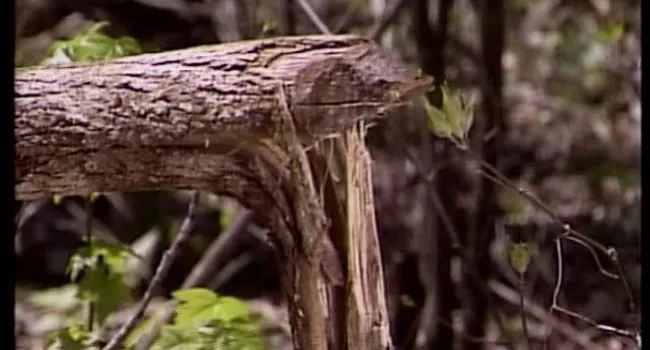
Video
Cove forests are very popular with visitors, due to the rich bottom soil found here. One animal which does very well in these areas is the beaver. Its work can be seen here with its telltale signs of...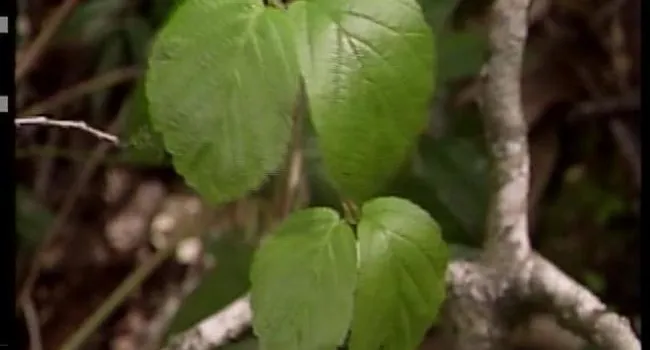
Video
The cove got its shape from streams of water periodically carving out the rock. Witch Hazel and Rhododendrons are species of plants which benefit from the moisture of nearby streams.
Photo
George L. Clayton, father of Oliver Jones "Pete" Clayton (1906-1988) founded Clayton Pottery in the Greenville/Spartanburg area around 1912. Pete was the only one of his father's four sons that became...
Audio
Pete Clayton discusses miscellaneous types of stoneware that he produced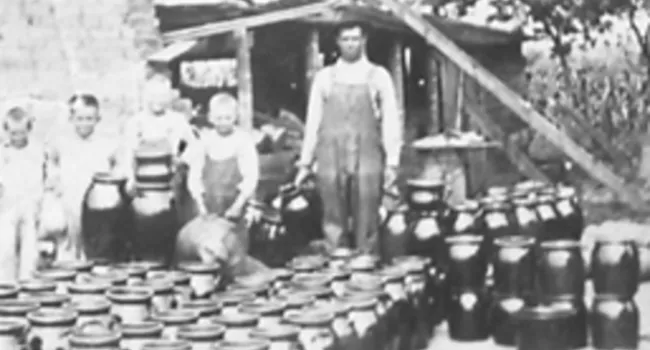
Audio
Pete Clayton tells Cinda Baldwin about the groundhog kiln and the firing process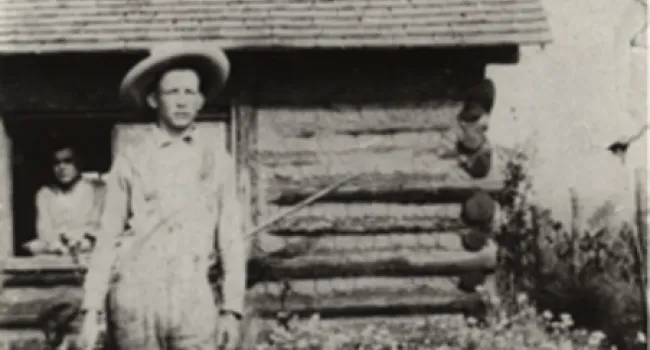
Audio
Pete Clayton talks about how the whiskey trade helped support the stoneware trade
Audio
Pete Clayton tells Cinda Baldwin about the types of stoneware his father produced
Audio
Pete Clayton discusses the change in demand for types of stoneware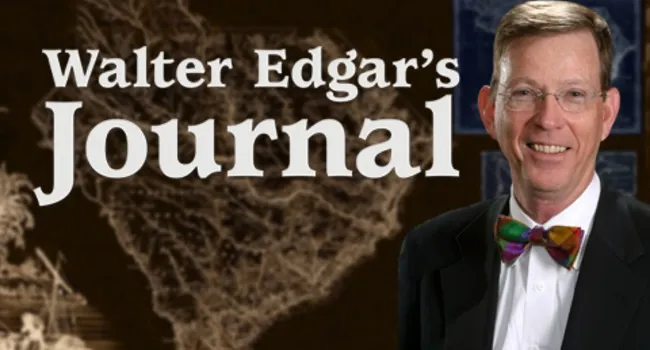
Audio
The fairs of yester-year were far different from the fairs we know today. Dr. Stroup discusses what fairs were like before The Civil War. In this time period, fairs were held locally, and each county...